‘They deserve dignity’: Stephen Towns describes inspiration for new exhibit
‘Declaration & Resistance’ will run until May 14 at the Reynolda House museum
Wall panels provide visitors with information about the exhibit as they examine the artwork.
February 22, 2023
Nearly a century ago, Flora Pledger and Lillie Hamlin were photographed standing before Five Row — the segregated community that was home to African American farm workers and their families on the Reynolda estate, a part of Wake Forest’s campus.
But in his current exhibit “Declaration & Resistance,” fiber artist and painter Stephen Towns paints them standing in paradise.
“When you look at the original image there at the schoolhouse, and there is like a cord behind them and then there’s an outhouse,” Towns said, “And I was like well… the thing that I don’t want behind these women is an outhouse. And so I surrounded them in the beauty that they deserved. I wanted this piece to be just a piece of love and dignity to these women and all the people who worked at Five Row to make Reynolda House the space that it is.”
The exhibit — which opened Feb. 18 at the Reynolda House Museum of American Art
following a moderated discussion titled “Healers, Guardians, and Nurturers” — features 27 paintings and eight story quilts crafted by Towns over the past two years that will be displayed until May 14.
The works explore American history through the lens of Black labor and celebrate the resilience of the enslaved and free people who toiled, rebelled and persevered in an exclusionary system, according to Reynolda House Museum curator Allison Slaby. The exhibit also coincides with a recent wave of conservative backlash against the drafted curriculum for a new Advanced Placement African American studies course, as more states plan to review course content.
Towns was first captivated by the photograph of Flora and Lillie last summer during his artist’s residency in Winston-Salem, where he came across the image while conducting research on the history of Black labor in the Triad area.
“I came here and learned so much more about Winston-Salem, about Old Salem, about the brickmaker, about the tobacco industry — and all the time, there was Flora [Pledger] and Lillie [Hamlin] in the back of my mind, saying ‘we need to be shown,’” Towns said.
Just as Towns was drawn to the original photograph, discussion moderator Dr. Paul Baker, a public historian and director of the Contemporary Art Museum in Raleigh, recognized special significance in Towns’ rendition.
“There’s no way that these two ladies [ever] thought that, working around Reynolda House, that they would one day be inside Reynolda…you know, gazed upon, looking at their beauty and looking at their importance,” Baker said. “When this photograph was snapped, they had no idea where [it] would go. So I think there’s importance even in that part of reenacting their transition from around Reynolda to inside Reynolda.”
Baker’s remark shifted the conversation beyond the story of Pledger and Hamlin to the Reynolda House’s historical context as a Jim Crow era working estate built upon the familial wealth of the slaveholding Reynolds family. The museum examines part of this history in its exhibit “Still I Rise: The Black Experience at Reynolda,” which opened this time last year and will display through the rest of this year.
“In fact, [chain gangs and labor from prisoners] were used here at Reynolda House by Katherine Reynolds,” Towns said. “So this is a practice that was very common at the time, and I wanted to talk about those ideas and those processes that happened during this time period and beyond.”
Towns continued: “And I know some people feel uncomfortable when I say that. You should not feel uncomfortable when I say that because that [existed]. Anytime you feel uncomfortable, you should feel uncomfortable, but you should process that, you should move through it — because that is the only way things are going to change.”
Questions from members of the audience revealed some of the discomfort Towns had referenced.
“Okay, I don’t know what I’m missing here, but I’m hoping somebody can explain this to me,” an older white woman in the audience said. “Several times during this discussion, there’s been mention of slavery here at Reynolda […] I do not understand because Reynolda wasn’t built until five decades — till half a century — after the end of slavery.”
The explanation came from both Towns and guest curator and exhibit organizer Kilolo Luckett.
“In order for Reynolda to be built, there were generations before R.J. Reynolds — Harding, his father and then his grandfather from Virginia — and they had enslaved people in Virginia, and they used that labor here too for the factories,” Luckett said. “So when people say yes, enslaved people were here, that’s what we’re talking about. And that’s what you should be talking about, too, because that’s part of your history as well. This is all of our history.”
Towns added that Pledger and Hamlin were themselves descendents of enslaved people — and that the goal of the exhibition is to serve as part of the conversation about coming to terms with America’s history.
“Reynolda, honestly, is no different than any other space that you go into…. It’s up to us in exhibitions like this to embrace [America’s] complexity and say that this does exist. And the only way that we can change things is if we honor it, and we tell it the way it is.”
Towns currently works and lives in Baltimore, Md., with his partner Jermaine Bell. The exhibit will continue until May 14, with additional community events to come. Admission is free for students.


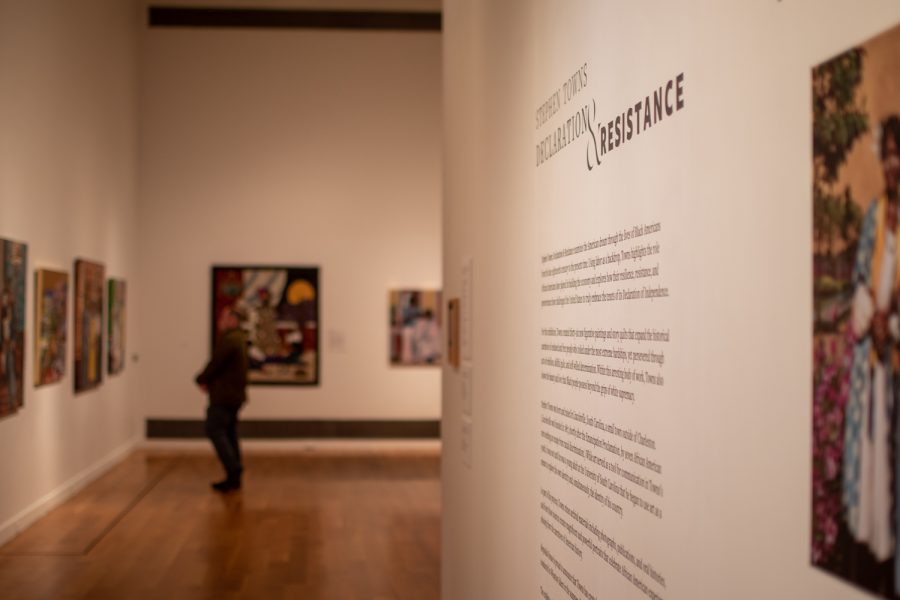
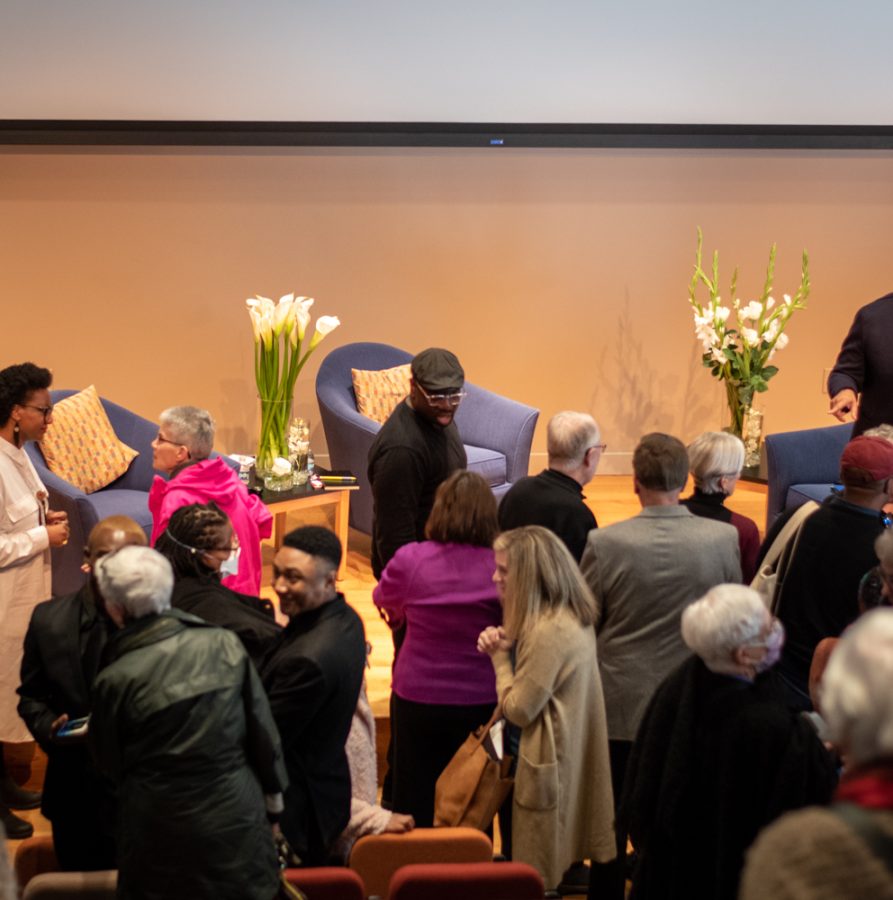











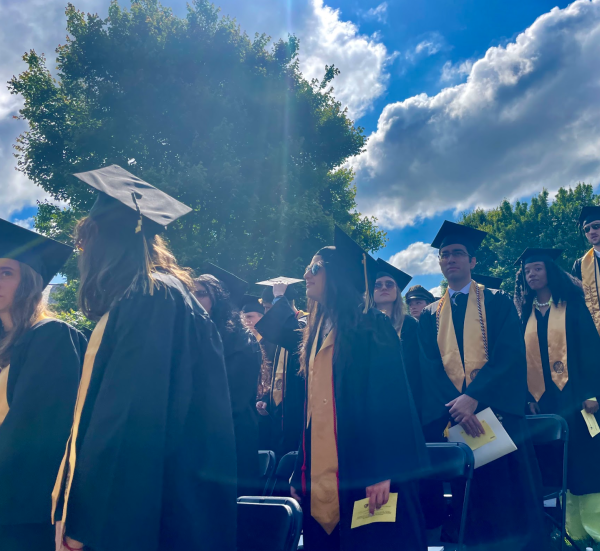
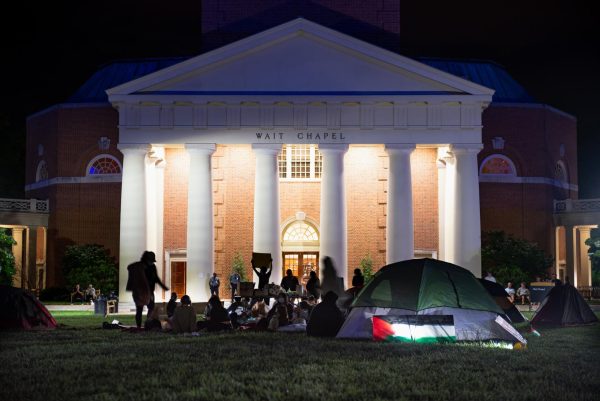
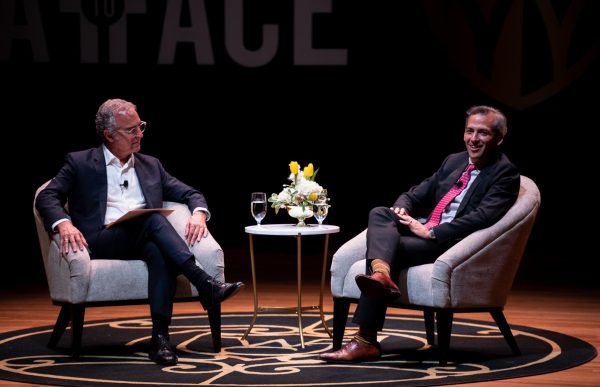
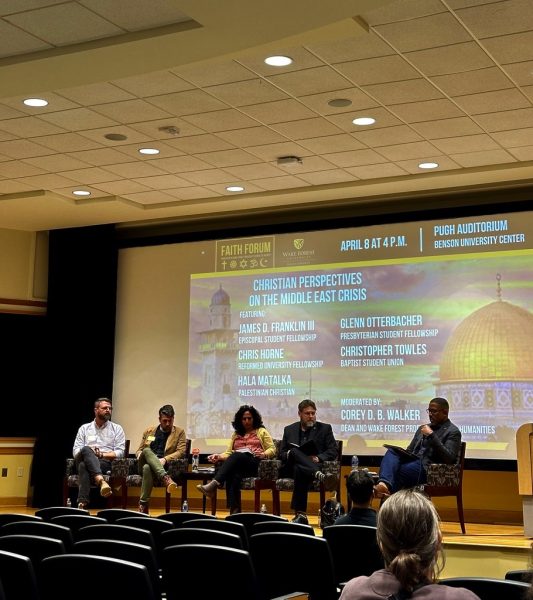
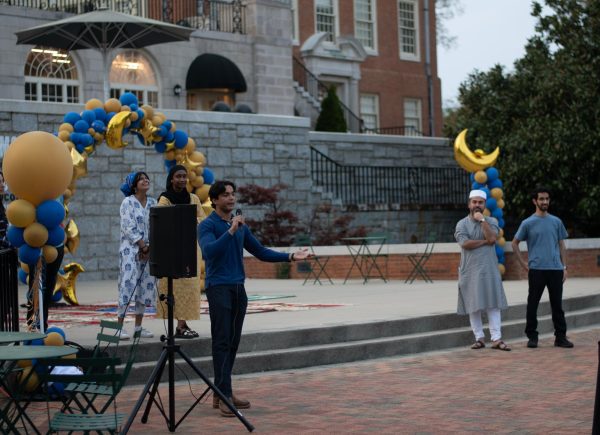

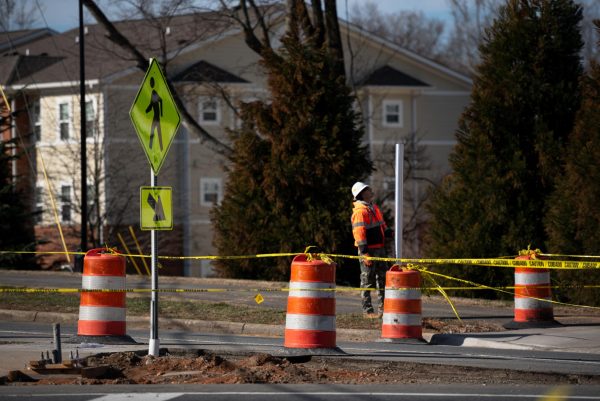

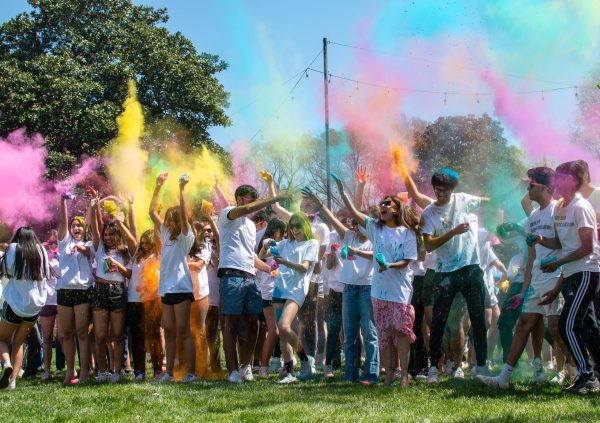
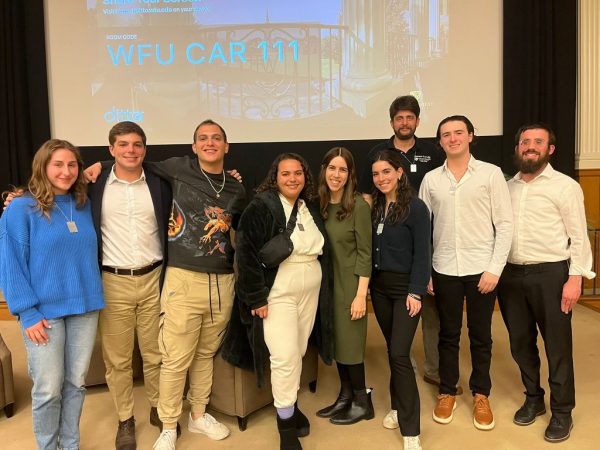
Travis Manning • Mar 17, 2023 at 2:20 pm
You describe the art style fiber artist which literally focuses on the material and manual labor just like the original image. You captured the artist’s intent to focus on the spiritual and human dignity by changing the original image and highlighting the workers’ contribution to the Reynolda House. I am impressed that you pulled in the conservative backlash which shows resistance. even to this day, to the other side of history. I am glad you mentioned the discomfort because people tend to be stuck in discomfort when they try to control it or deny the truth that caused it. In sum, I like the way you synthesized the article to show both perceptions of history, the good and not so good.